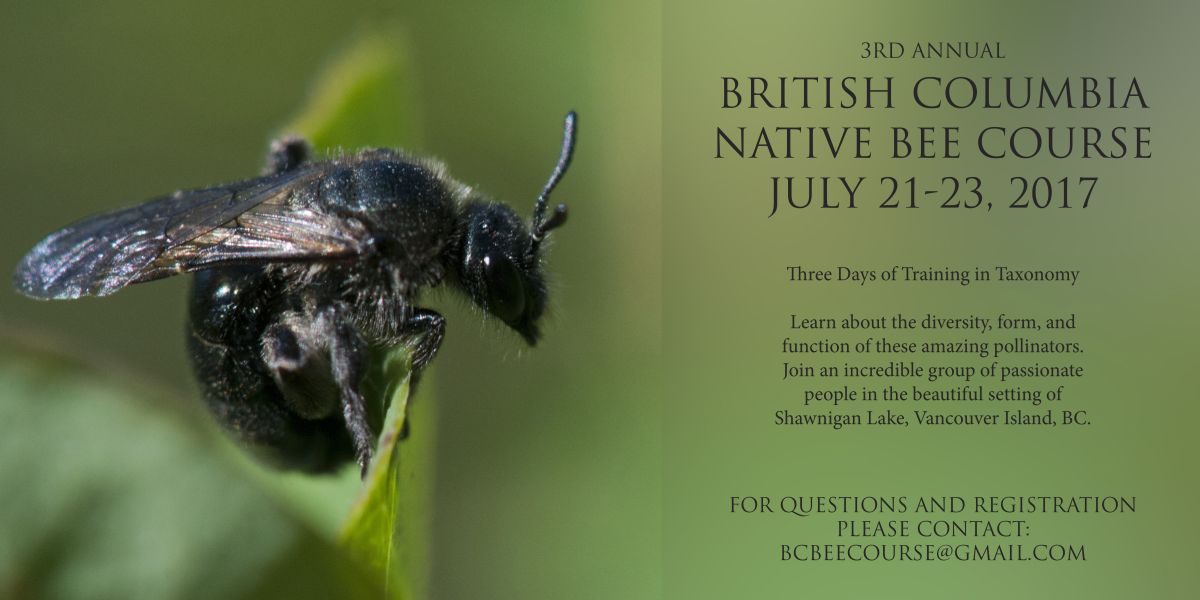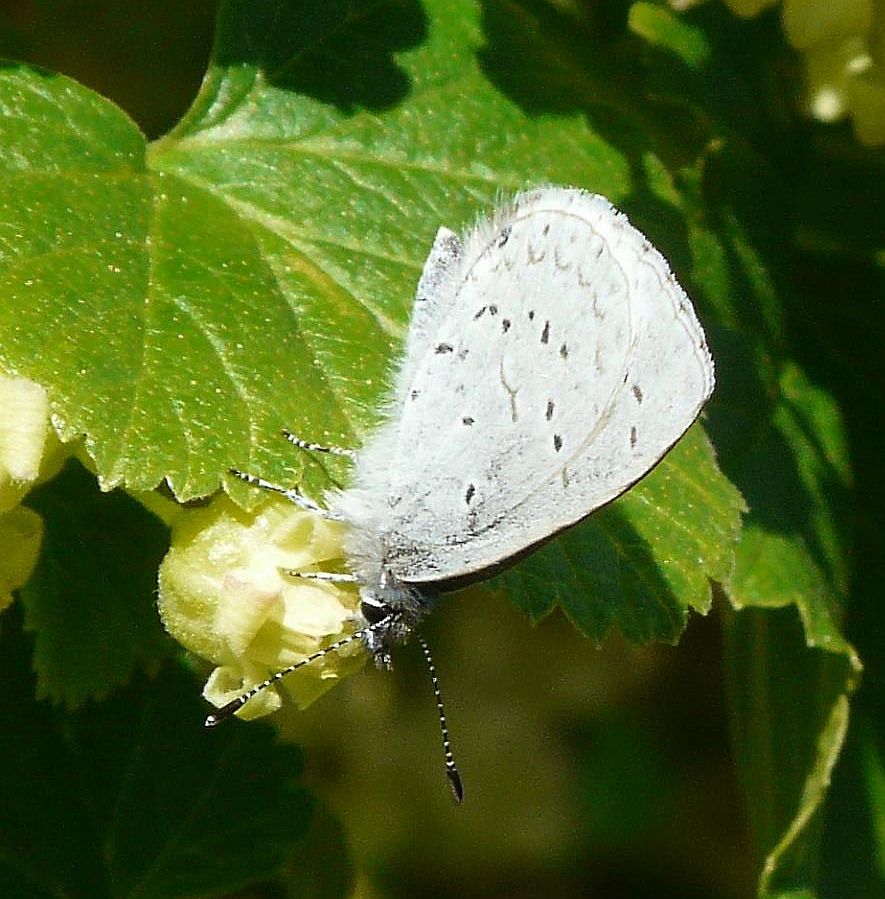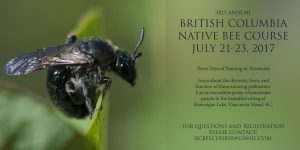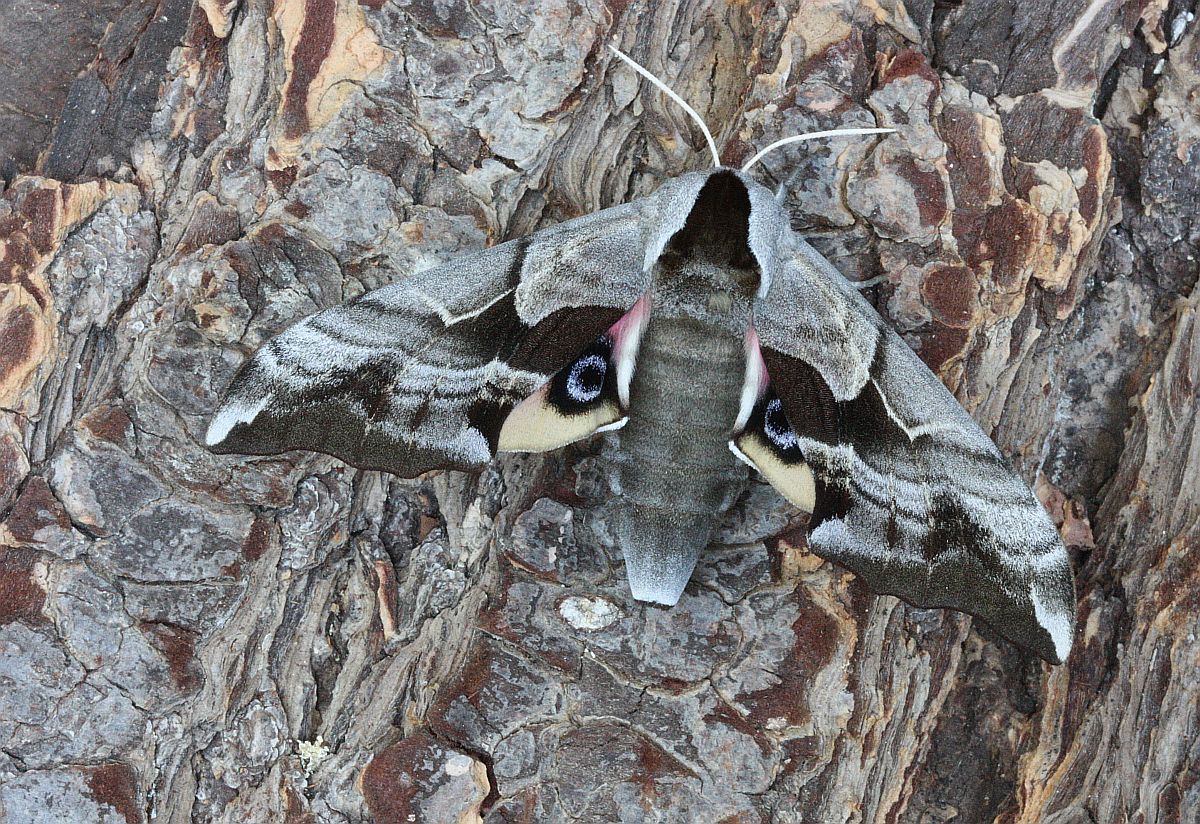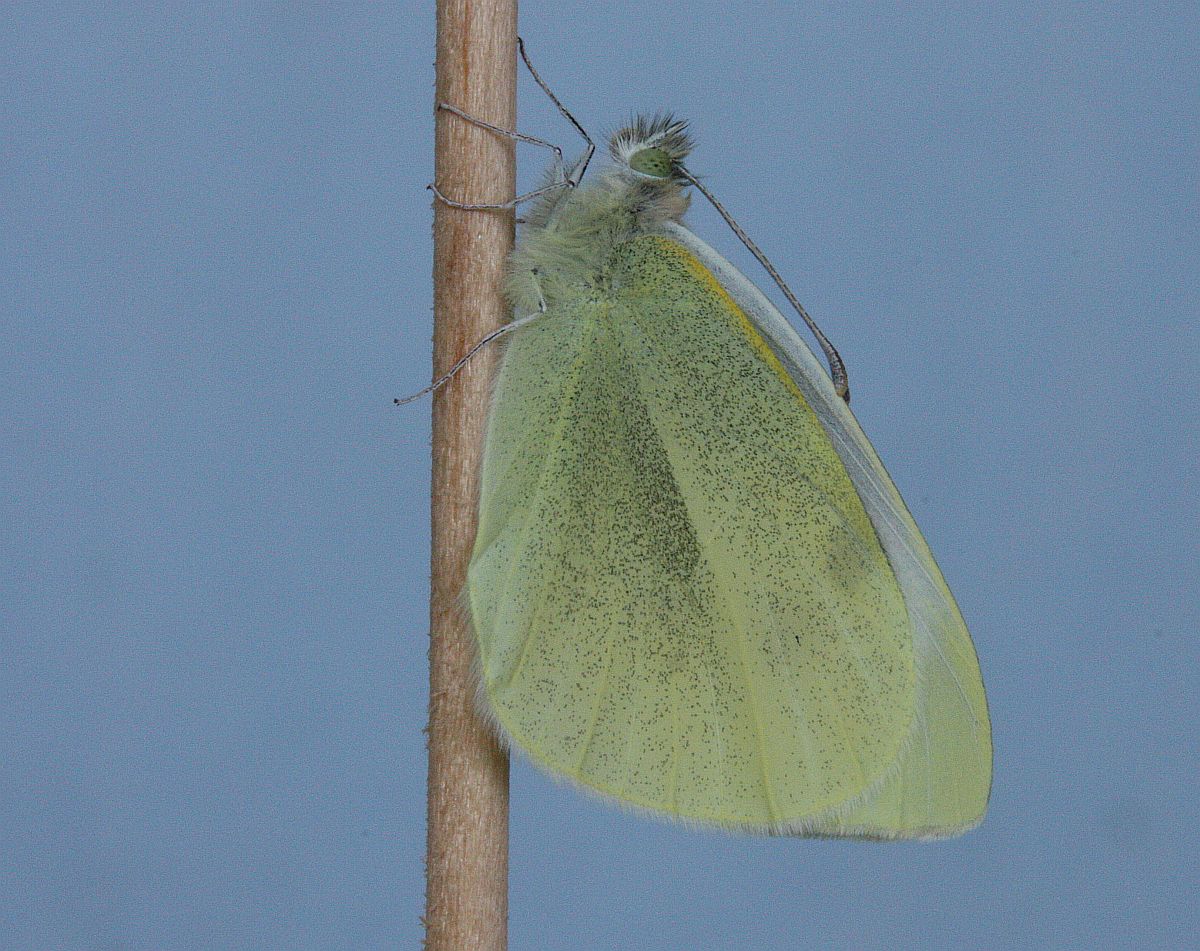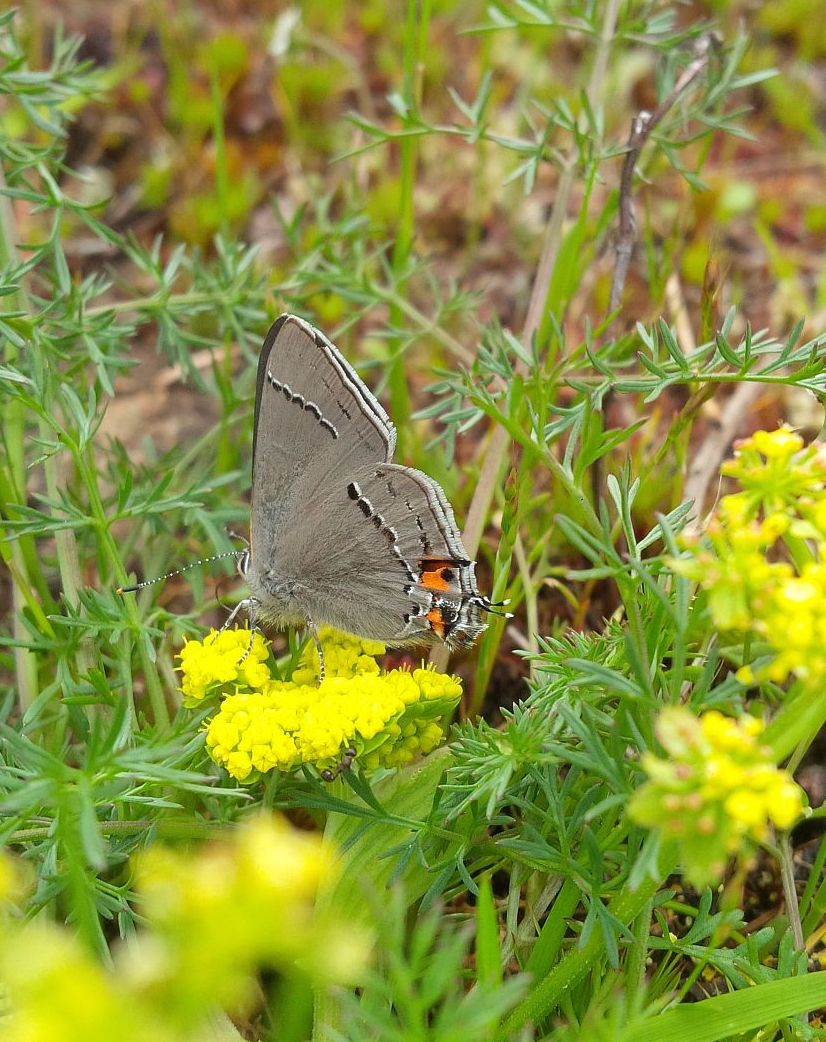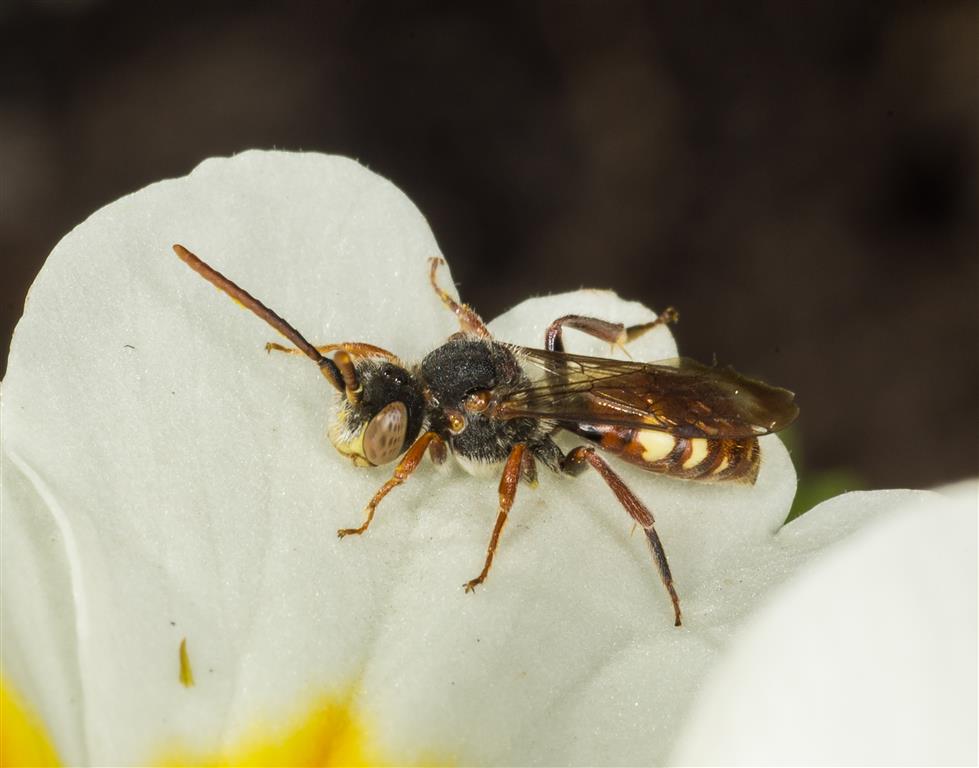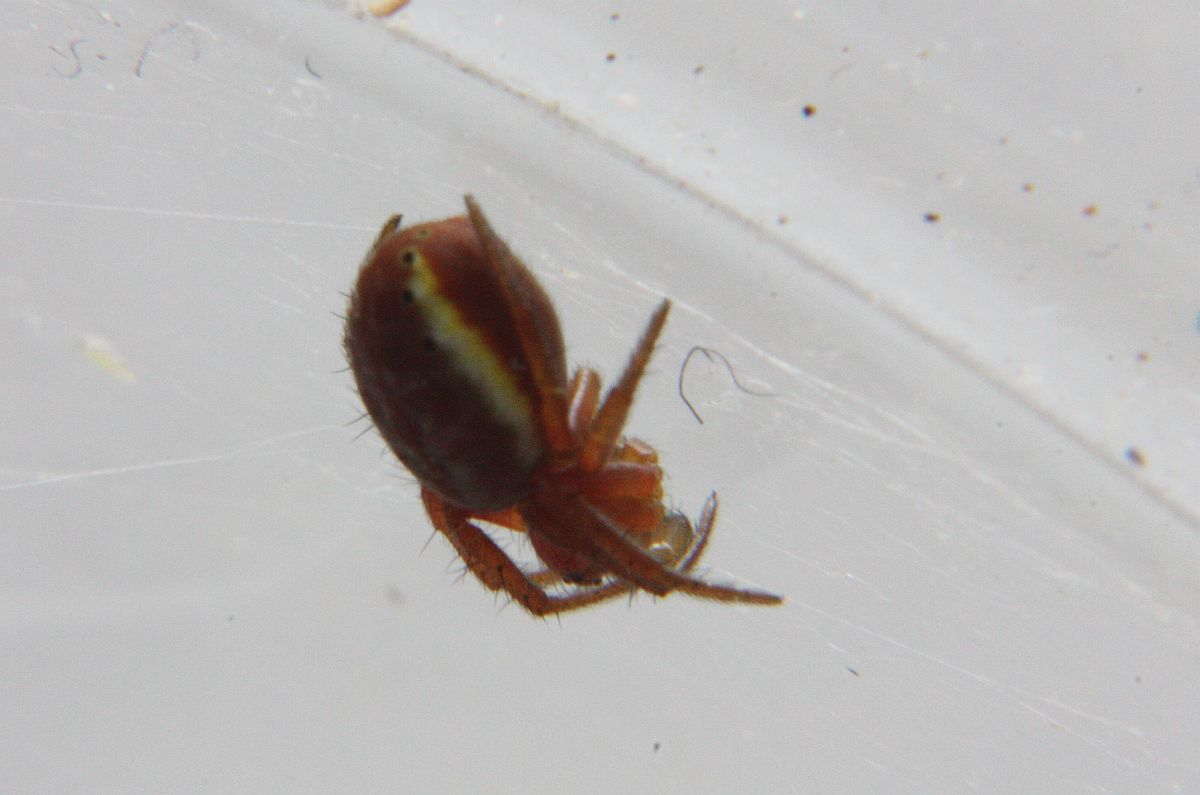2017 May 4
May 4th be with you.
May Butterfly Walk
Gordon Hart
Hello Butterfly Enthusiasts,
The second walk of 2017 will take place this Sunday, May 7, starting from the top of Mount Tolmie. We meet by the reservoir opposite the summit parking lot at 1:00 p.m. You can park there or in the big parking lot on the north side of the summit. After a look around the summit, we will decide on a destination at that time. We will car-pool from there and likely be back by 3.30.
As always, the walk is weather-dependent, although the forecast at this point looks good.
See you on Sunday,
Gordon
Jochen Moehr sends a photograph of a caterpillar of the Large Yellow Underwing moth, feeding on Curled Dock in Metchosin, May 3.

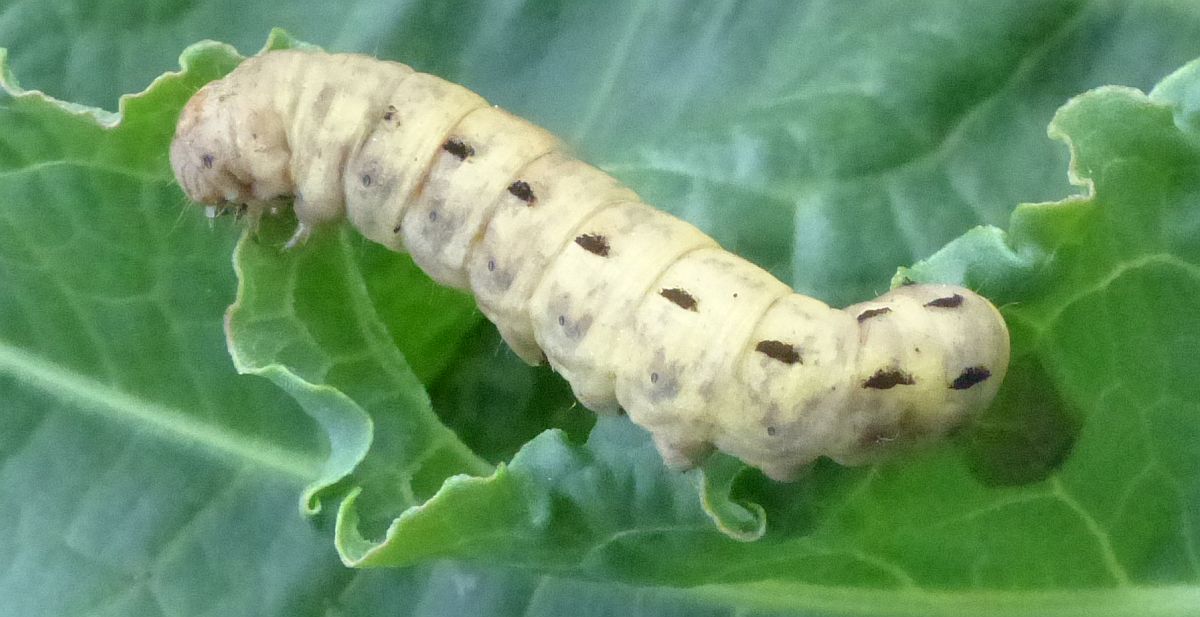
Large Yellow Underwing Noctua pronuba (Lep.: Noctuidae) Jochen Moehr
Gordon Hart writes: The sun today brought out a few butterflies in our Highlands yard: Sara Orangetip – 1, Cabbage White-1, Satyr Comma – 1, Painted Lady -1, and Western Spring Azure – several, at least three. The comma and Painted Lady were quite faded, so have been around for a while- I saw the comma earlier this week briefly.
Jeremy Tatum writes: Aerial spraying for Gypsy Moth Lymantria dispar (Lep.: Erebidae – Lymantriinae) is scheduled for Elk Lake/Bear Hill Regional Park, Monday May 15, 5:00 am to 7:30 pm.
Jeremy Tatum writes: I saw a Propertius Duskywing at the top of Mount Tolmie this afternoon. After that, I went to Beaver Lake and to Beaver Lake Ponds, the heart of the Gypsy Moth infestation, but I didn’t find any dispar in any of its stages. The only butterfly I saw there in 1.5 hours was a single Western Spring Azure.
Annie Pang sends a photograph of a bee, kindly identified by Cory Sheffield as a female Andrena sp. (probably sola).
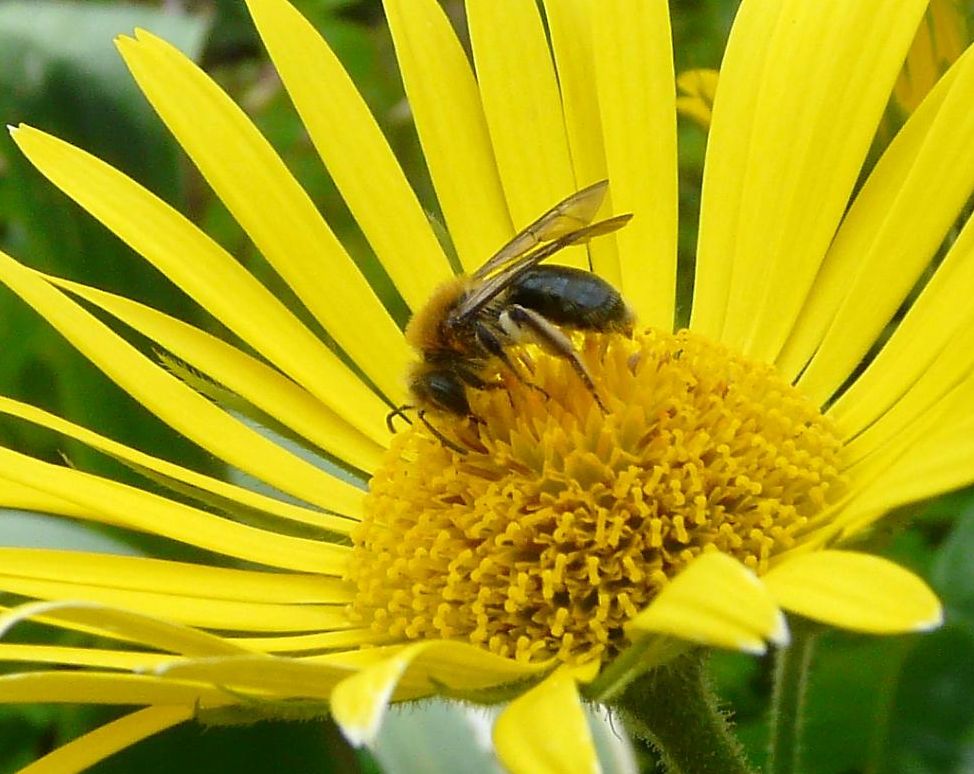
 Andrena
Andrena sp. (probably
sola) (Hym.: Andrenidae) Annie Pang
Mike McGrenere writes: I was on Mount Douglas this morning and, while birding, I noticed many butterflies. I saw about 7 Sara Orangetips, two Propertius Duskywings, one Cabbage White and one Western Spring Azure. I also saw a Sara Orangetip along Lohbrunner Road, between Blenkinsop Road and Lochside Drive. This is the first time that I have seen one in that area that was not on Mount Douglas. [Jeremy Tatum comments: The preferred larval foodplant of sara is Tower Mustard Arabis glabra, which grows on Mount Douglas, but not, I think, in the Blenkinsop Valley.]
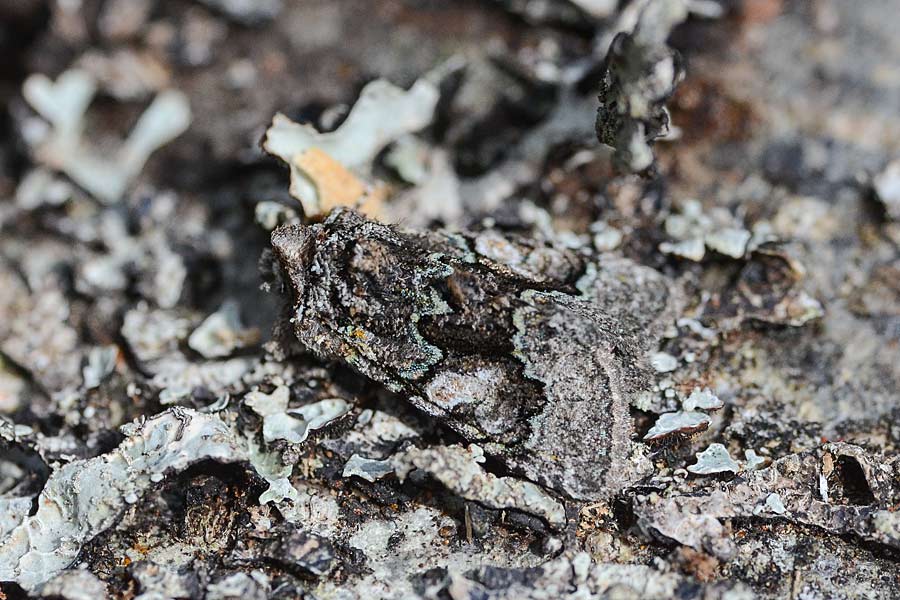
 Behrensia conchiformis (Lep.: Noctuidae) Mike Yip
Behrensia conchiformis (Lep.: Noctuidae) Mike Yip


 Andrena sp. (probably sola) (Hym.: Andrenidae) Annie Pang
Andrena sp. (probably sola) (Hym.: Andrenidae) Annie Pang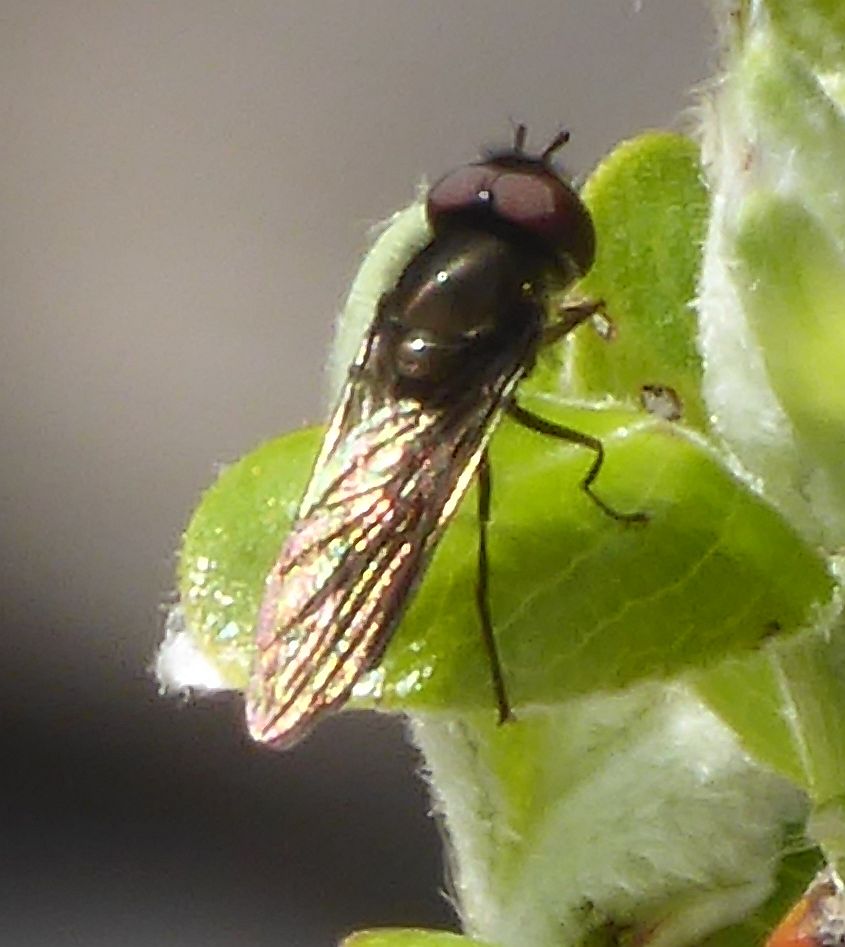
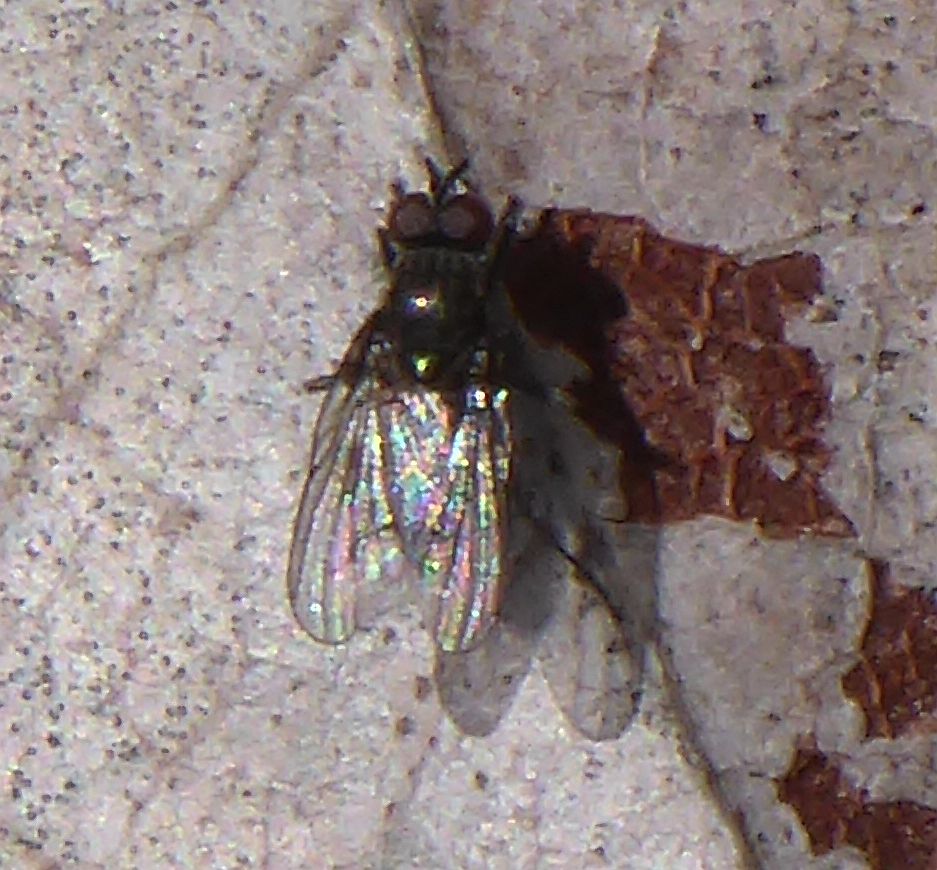
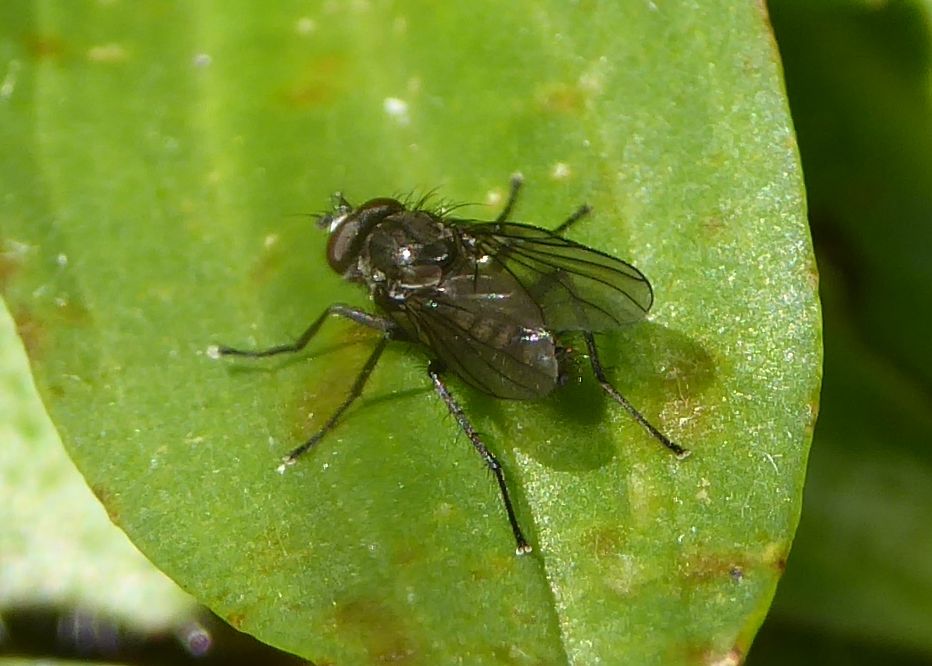
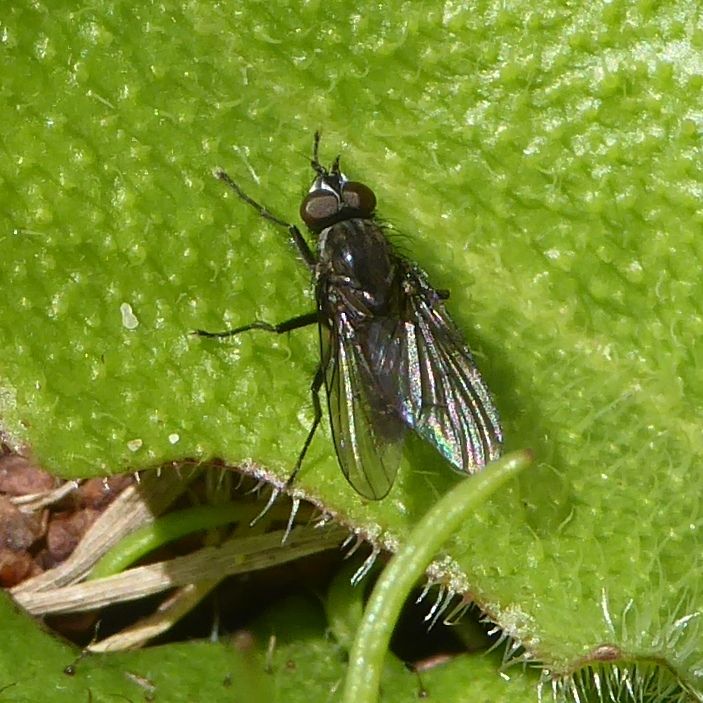
 Fly 6 (Diptera) Ian Cruickshank
Fly 6 (Diptera) Ian Cruickshank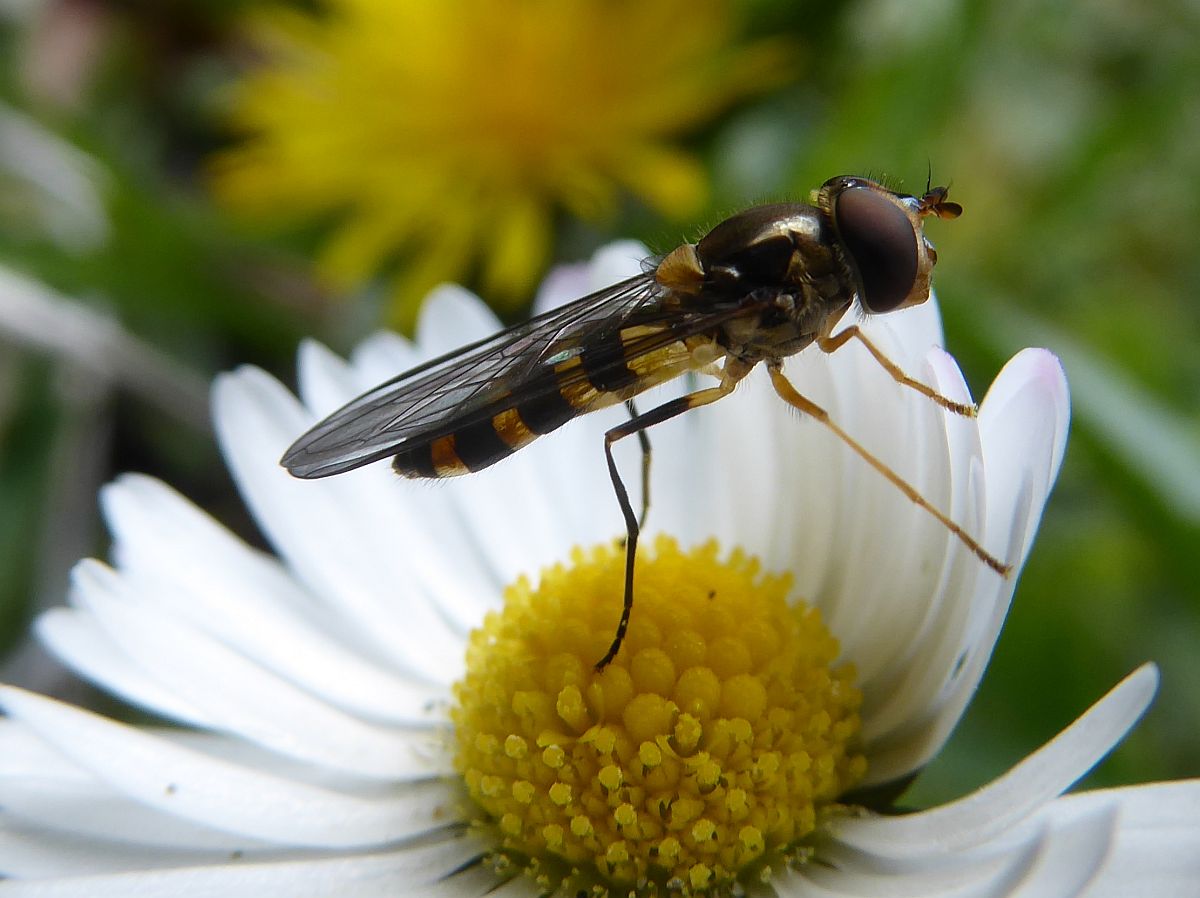
 Fly 7 (Dip.: Syrphidae) Ian Cruickshank
Fly 7 (Dip.: Syrphidae) Ian Cruickshank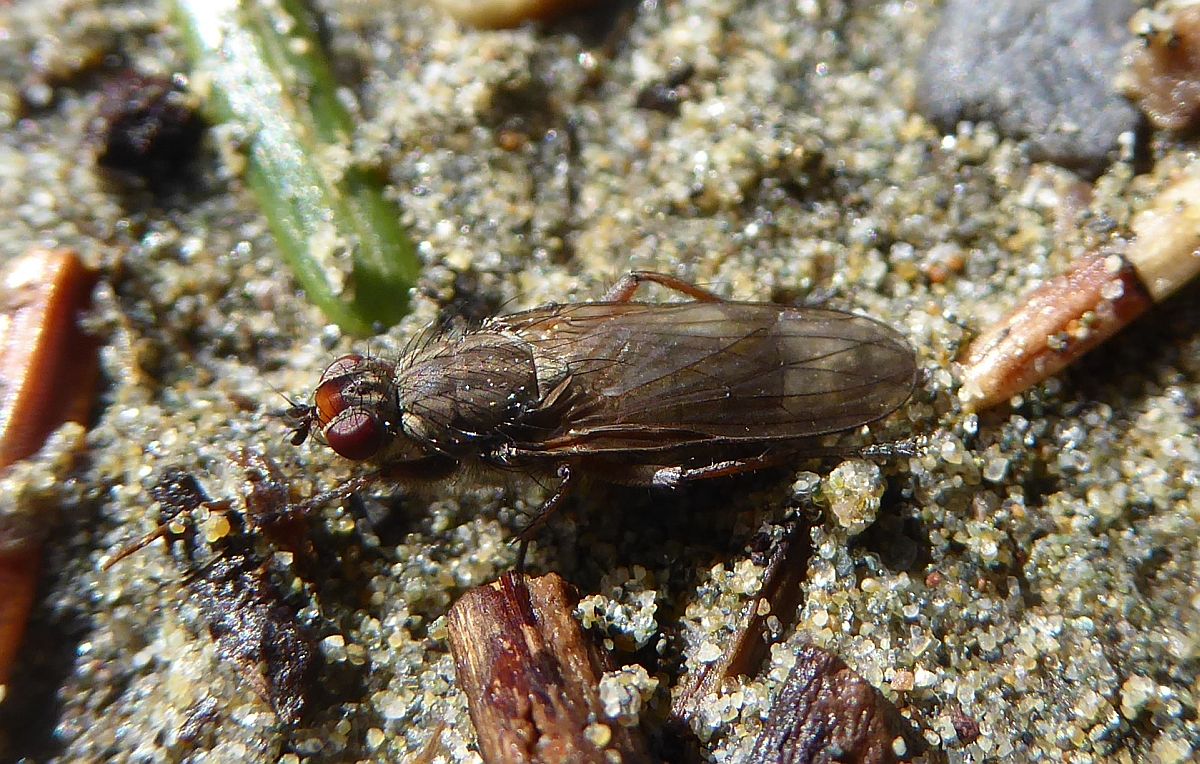
 Fly 8 (Diptera) Ian Cruickshank
Fly 8 (Diptera) Ian Cruickshank